Editing Process:

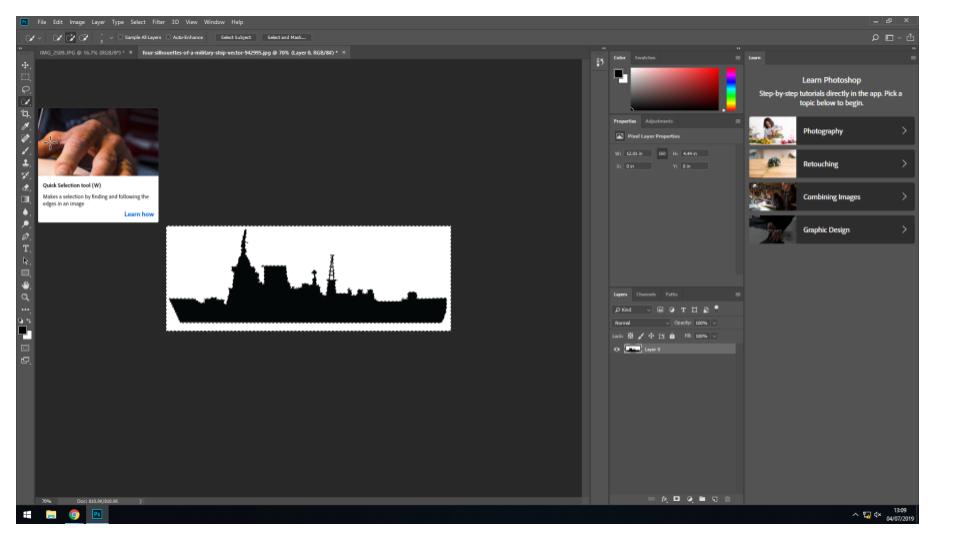
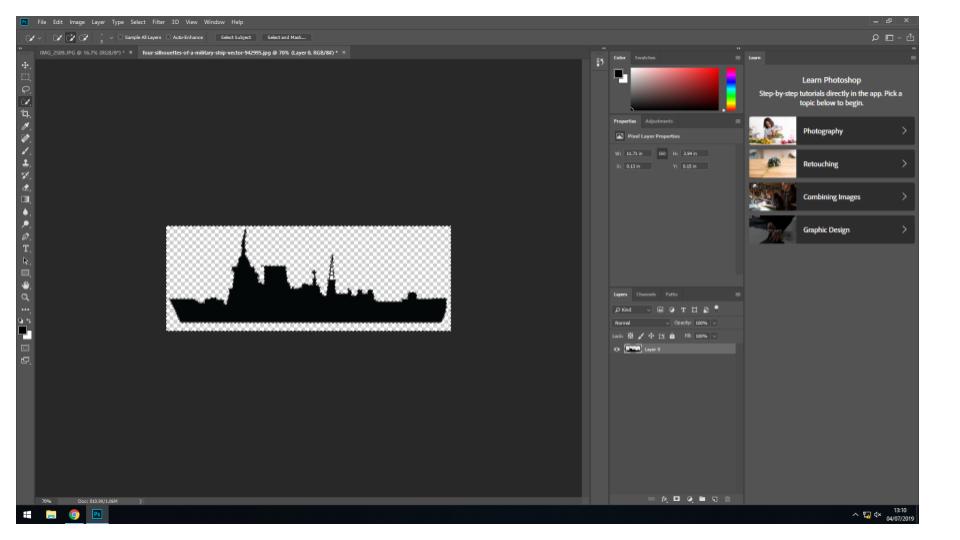
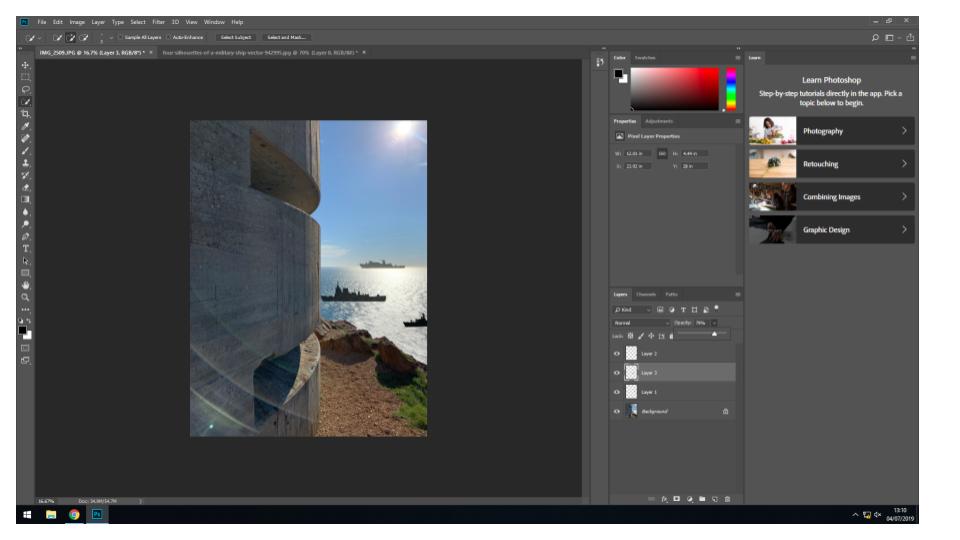
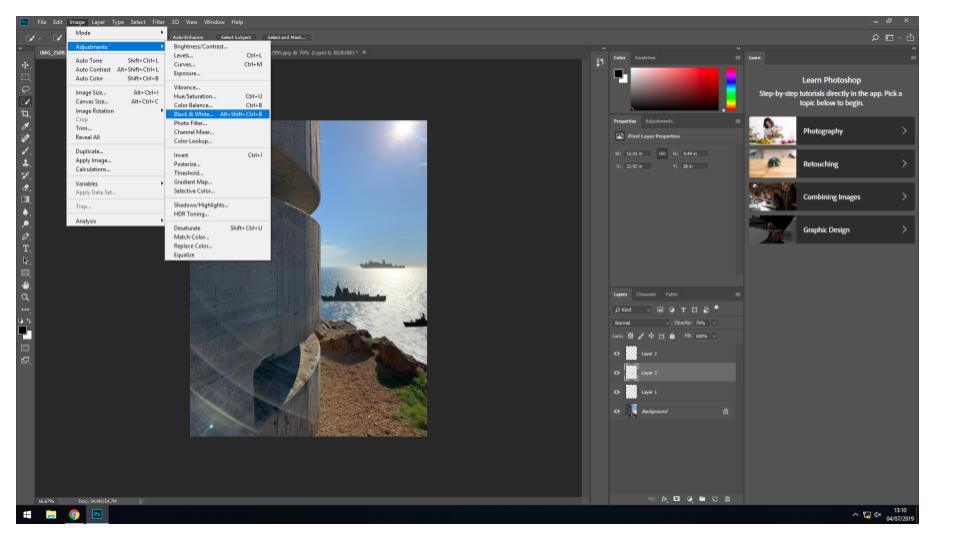
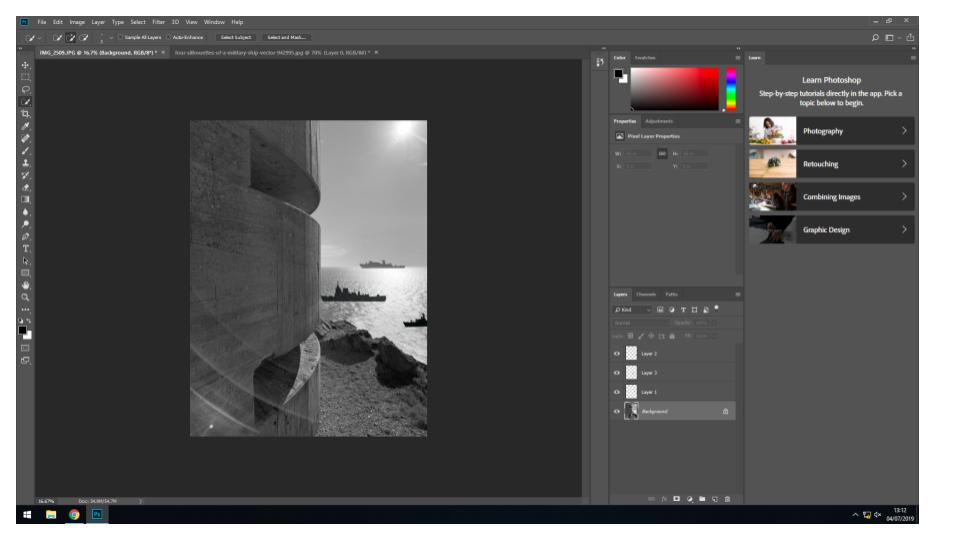
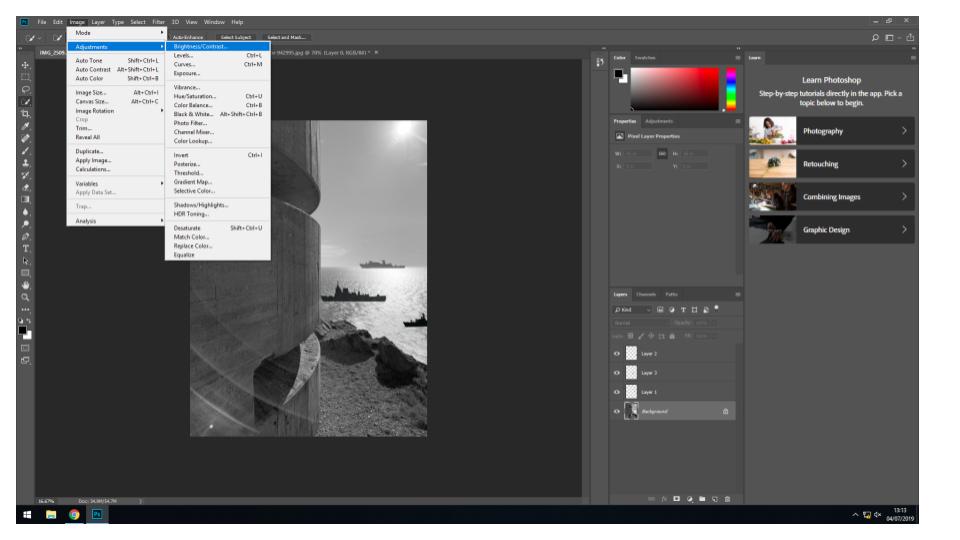
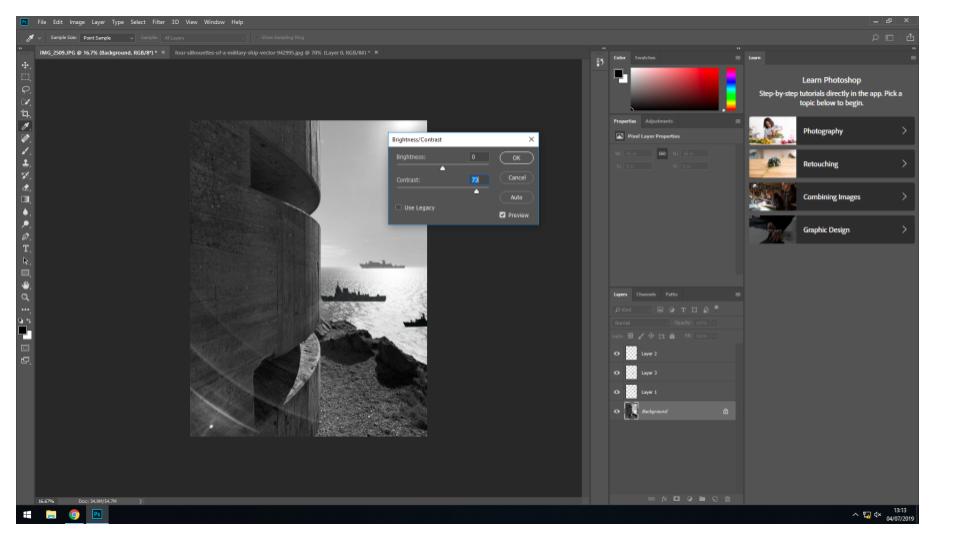
Final Images:

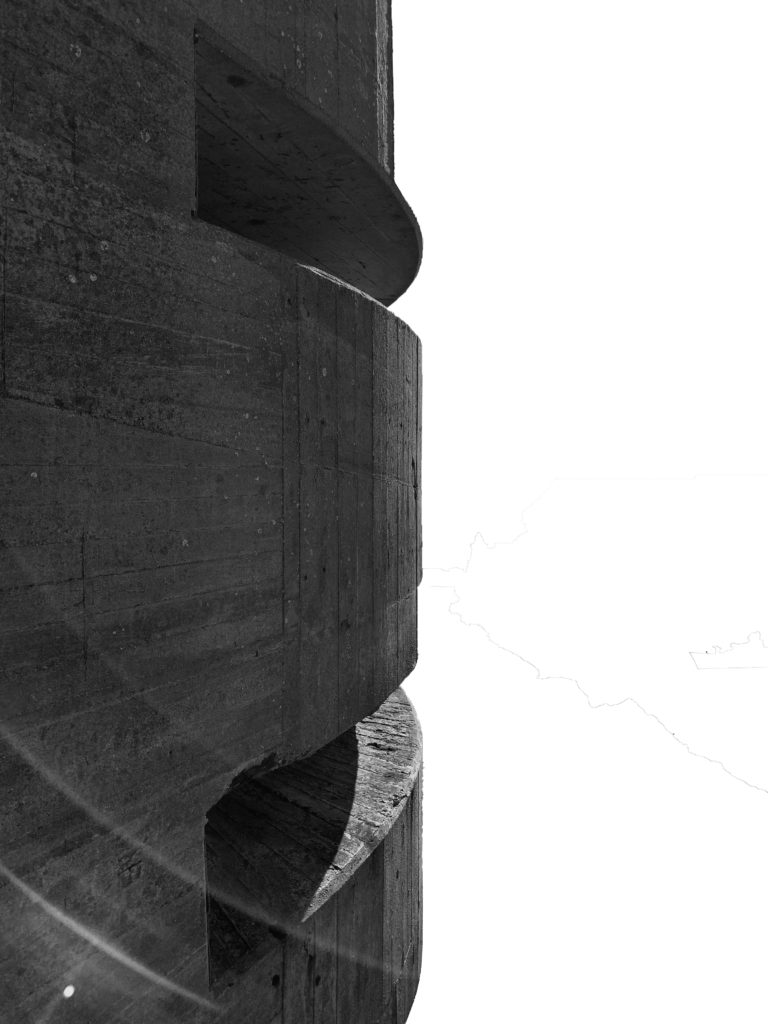
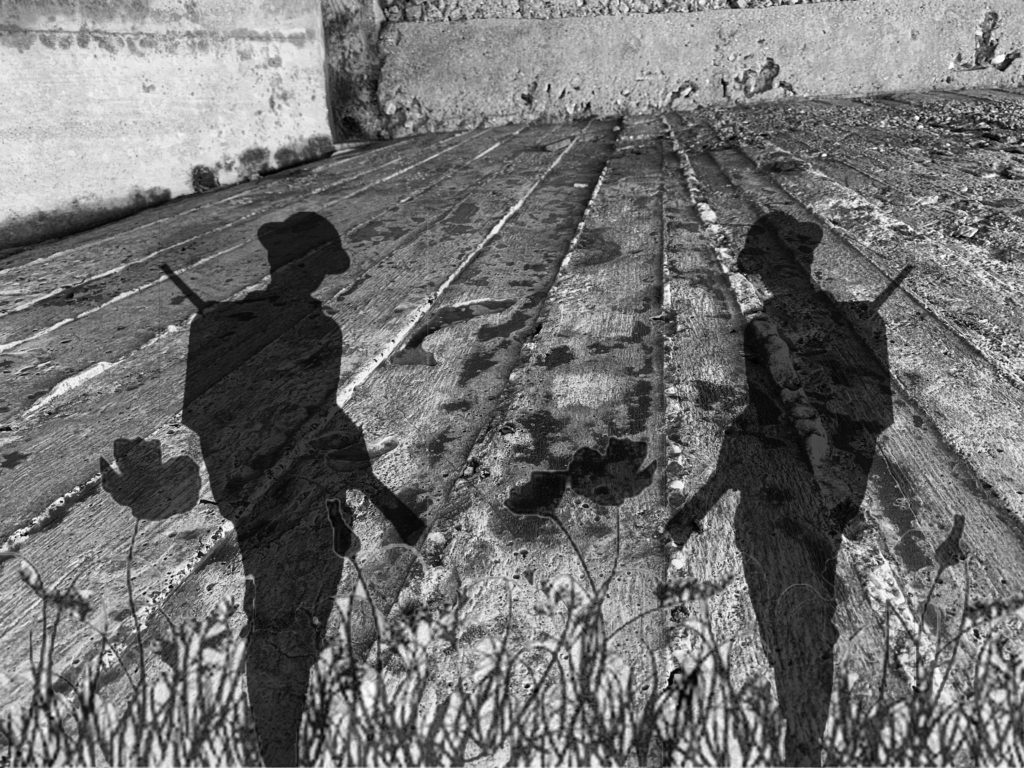
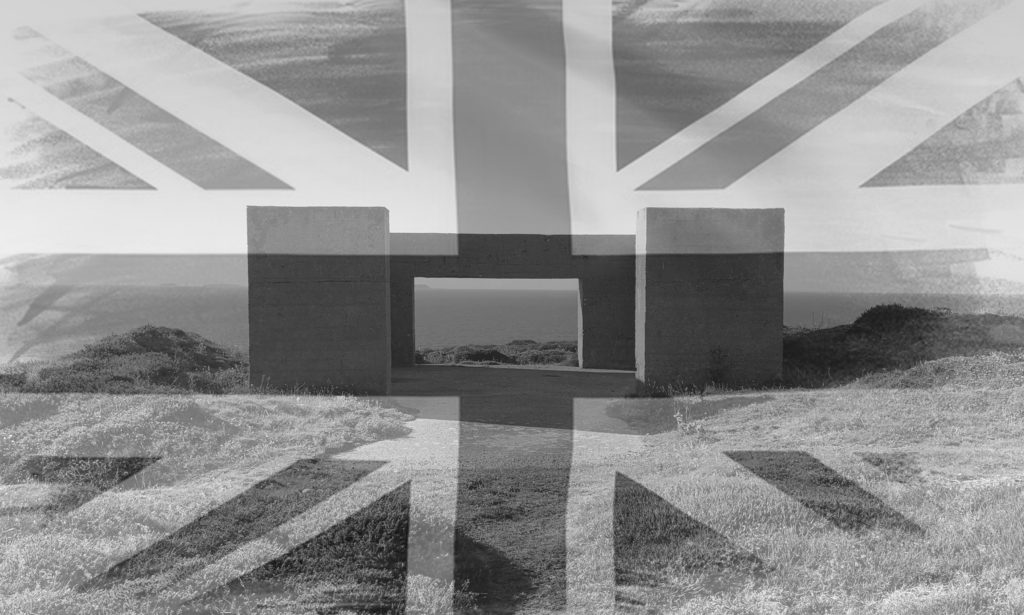
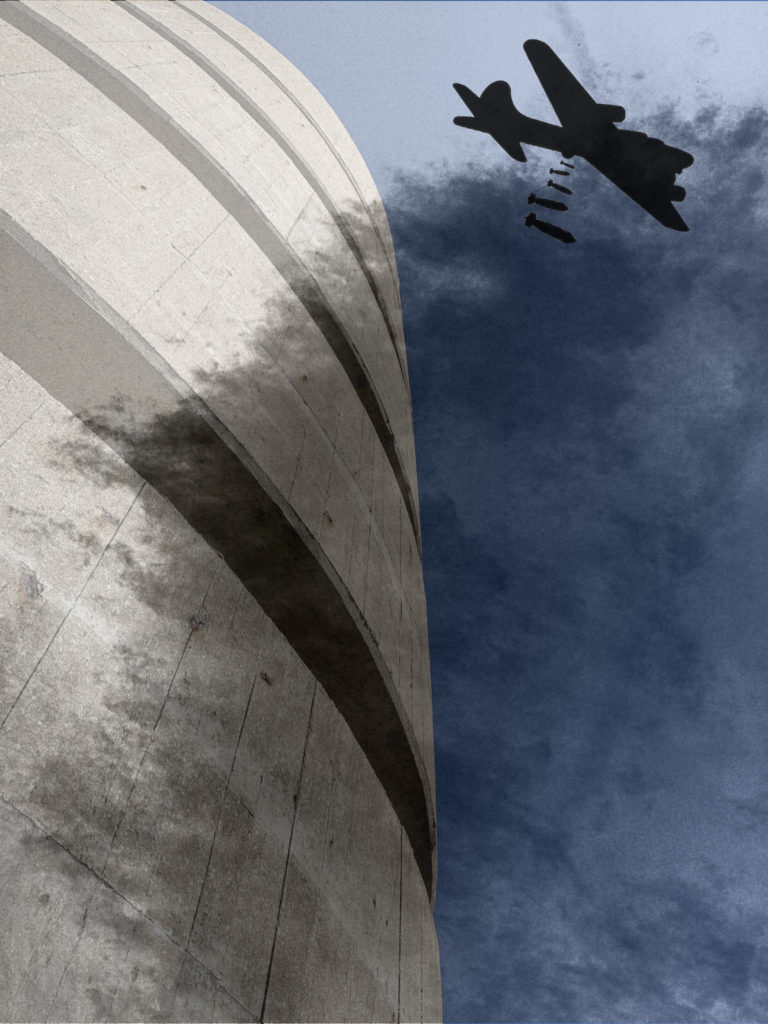
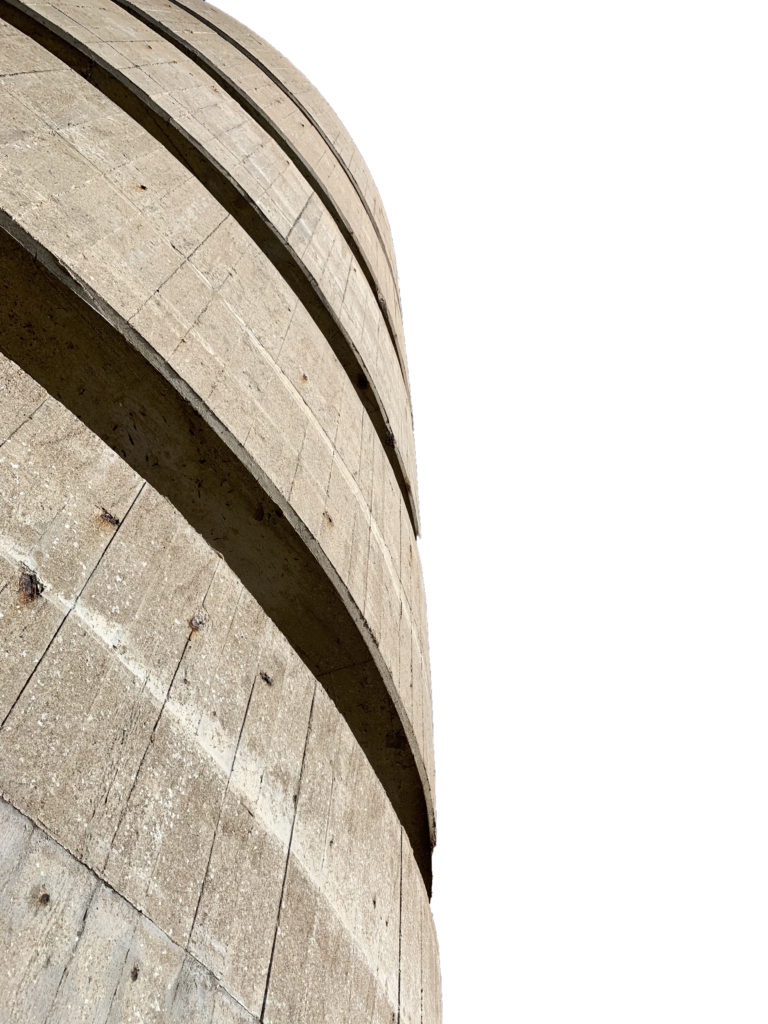
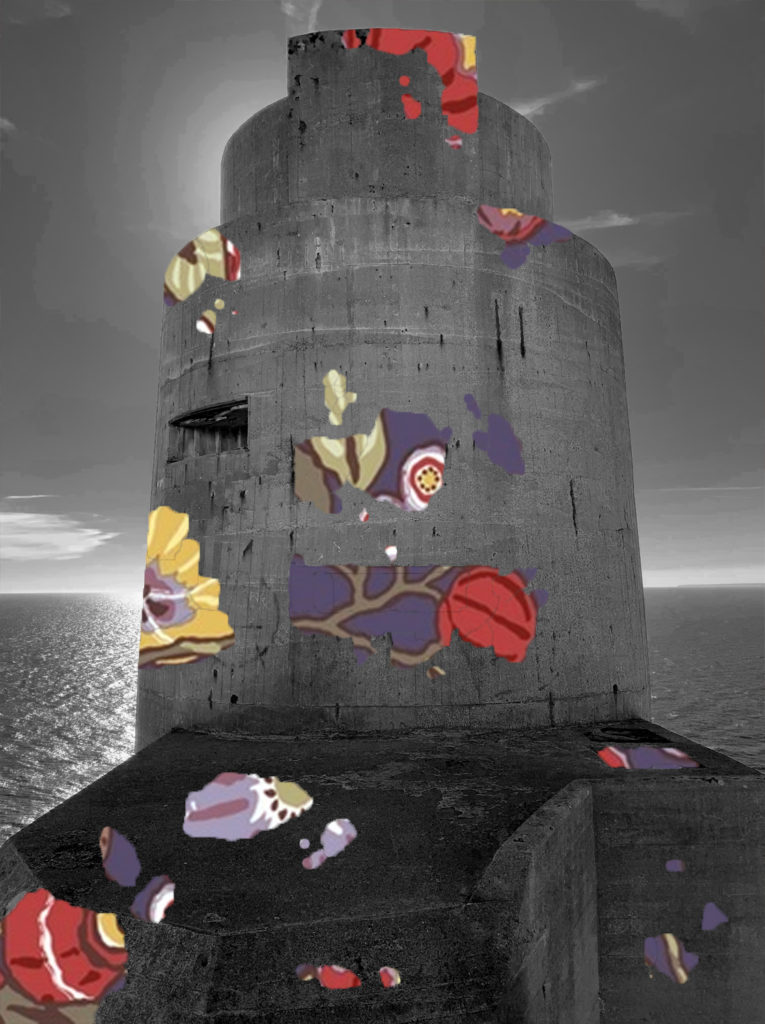
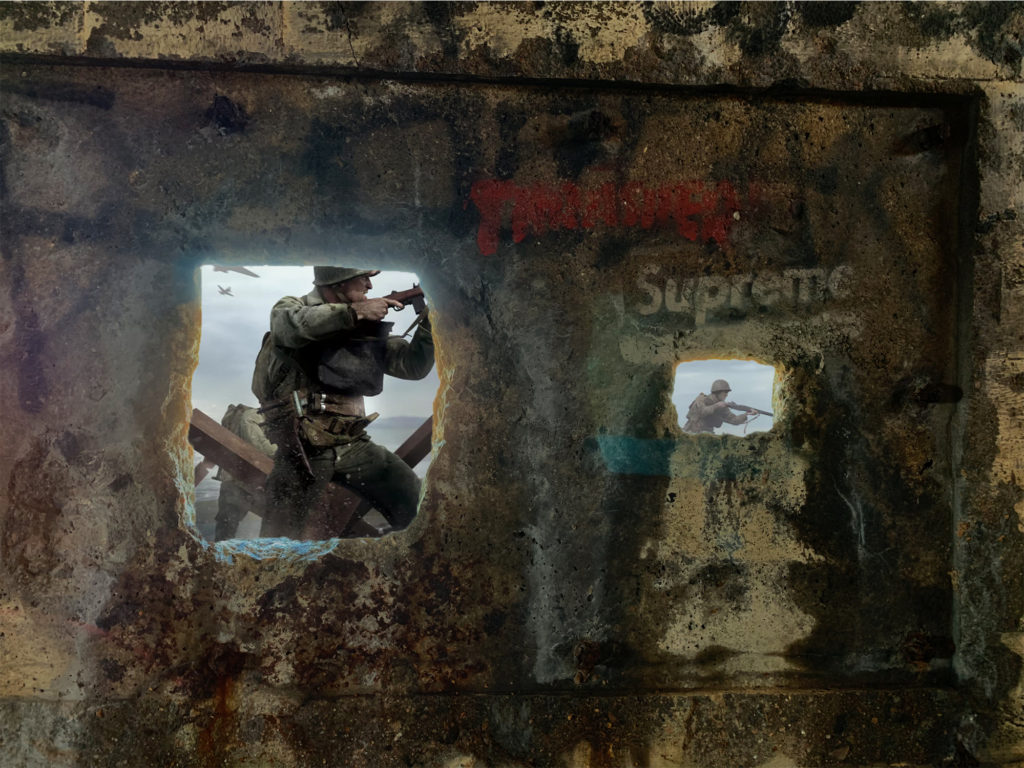
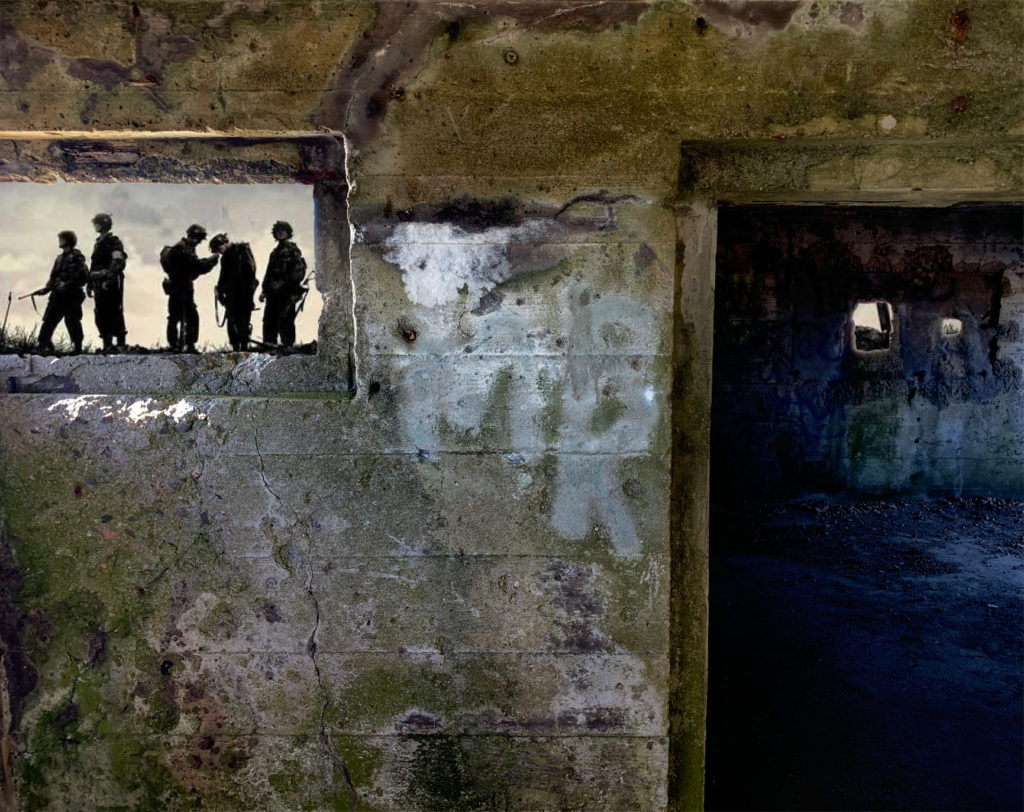
Editing Process:








Final Images:










Paul Virilo is a well known for his images of bunkers. He is a French photographer who was also a cultural theorist, urbanist and aesthetic philosopher. Virilo was in to taking image of the geographical surface, his book contains essays within the first half, on the history of some of his images, which set the concept behind some of the images and then the other half of his book containing mostly black and white images of bunkers within different locations around France. Some of his images I like include;
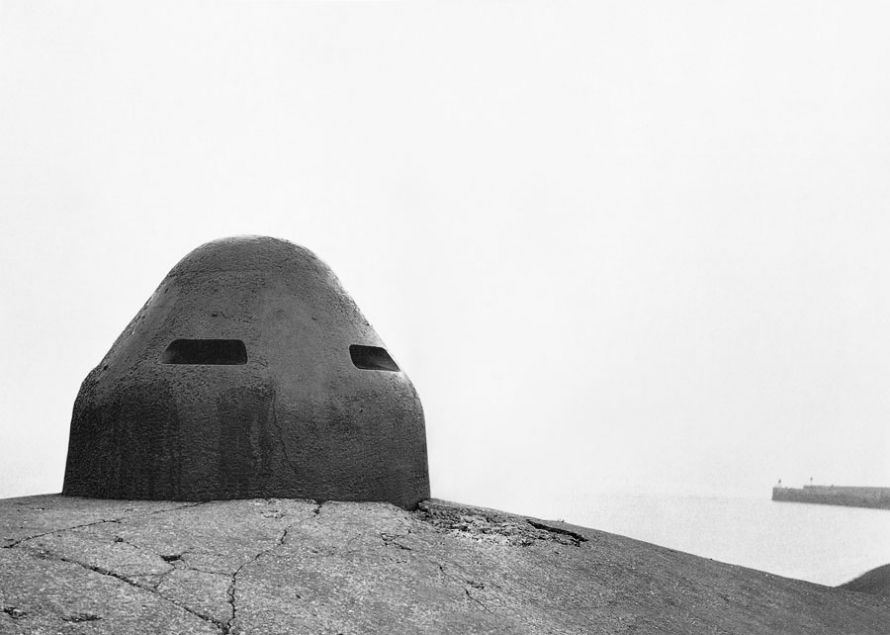
This image is one of my favorites he has produced. I love how simple the image is. It has a longer depth of field of some of his other images where he tends to just focus on the bunker. Whereas in this image he has included a pier behind the bunker, which adds more to the image. The over exposed sky works really well with this image, due to the bunker and pier being in a dark grey/black colour which allows them to stand out and be more bold, along with the over exposed sky causing a foggy/muggy look for the image which changes the emotions presented when looking at this image, to cold and mysterious as something may be able to creep over the horizon. The image is so clear that is allows you to see all the detail of the bunker even from a distance, the features of the bunker have been enhanced and made darker which again works well in his favor as it adds a more of a dramatic feel to the image.
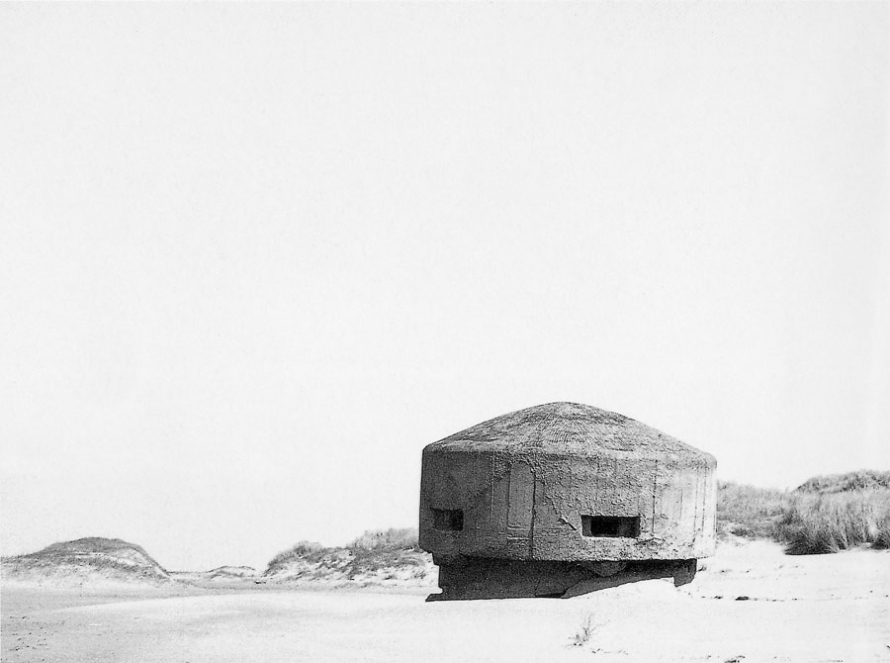
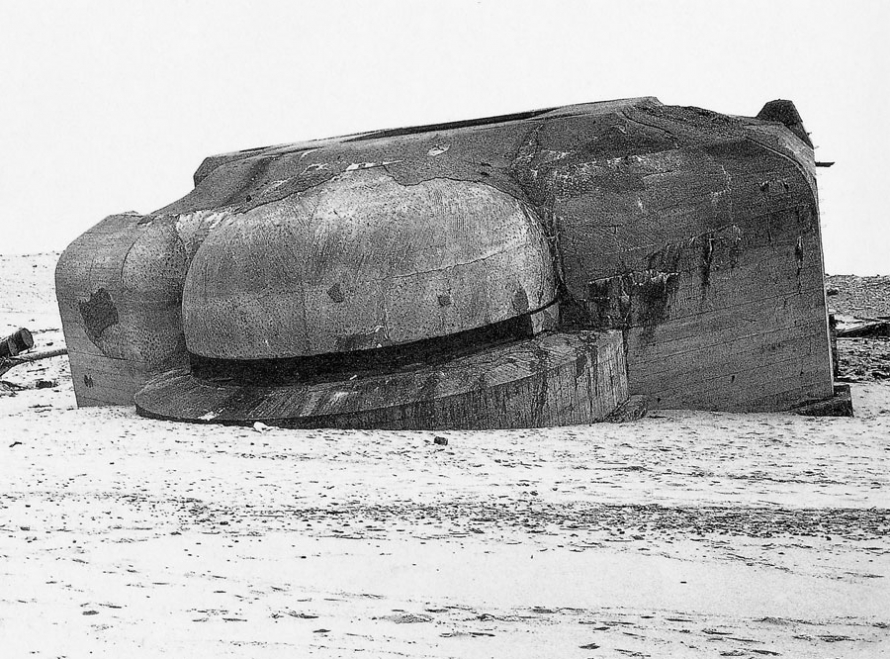

His other images are also simple, but they incorporate different shapes and lines in different direction which makes you want to look at the image and figure out what is happening in it. In on of the images above, his image inst set straight at all, but it allows him to show the purity and untouched through his images without him manipulating them too much and just enhancing the detail of the historical artifacts. Again in his black and white images, he really focuses on making the little details of the bunkers stand out which allows people to see the marks that history has left.

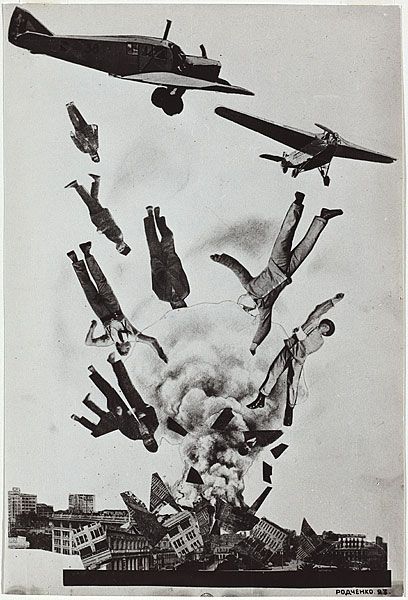
Photomontage is a type of collage art. It is mainly composed of photographs or sections of photographs in order to direct the viewer’s mind towards specific connections. Photomontages are often constructed to convey a message, whether that be a commentary of political, social or other issues.
There are many ways that a photomontage can be constructed. It is often photographs, newspaper and magazine clippings glued onto a surface, giving the work a collage feel. It is also very common for images to be created digitally.
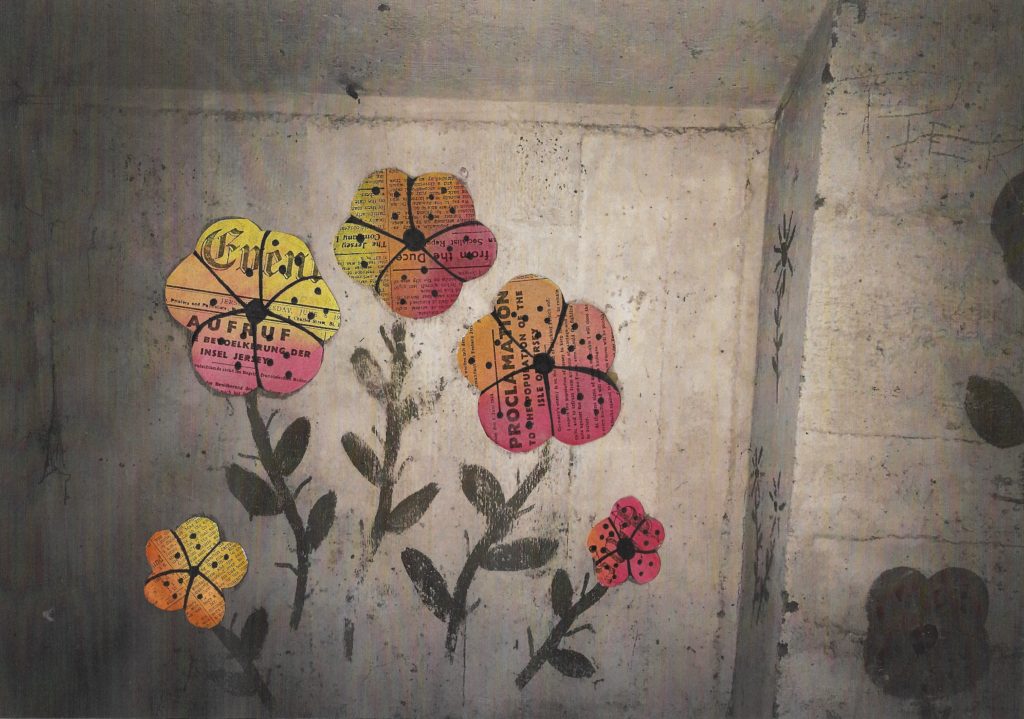
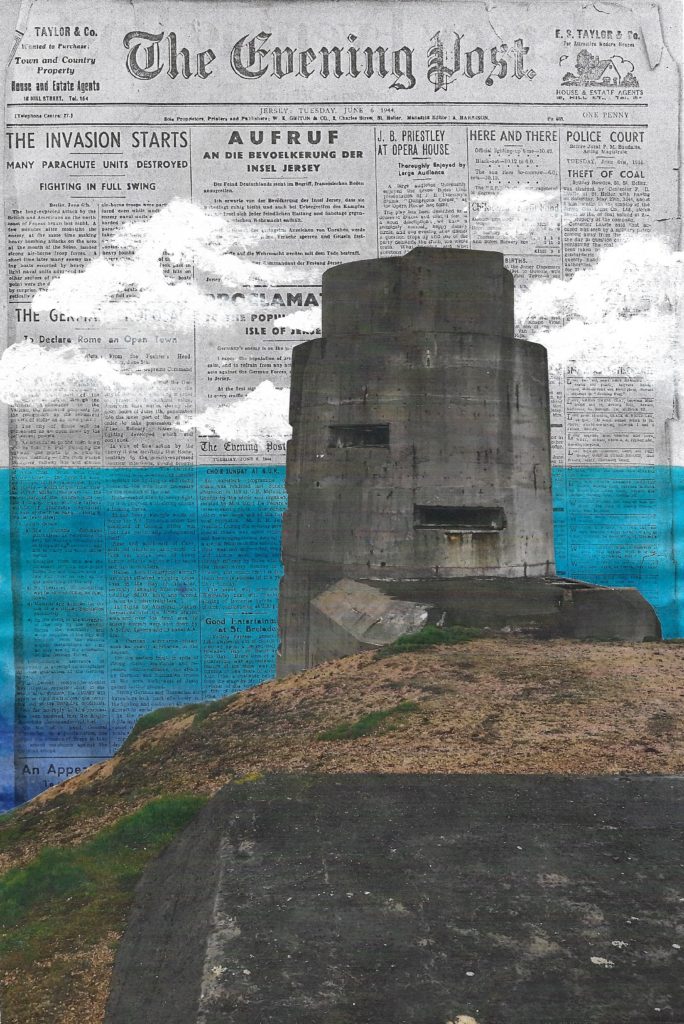
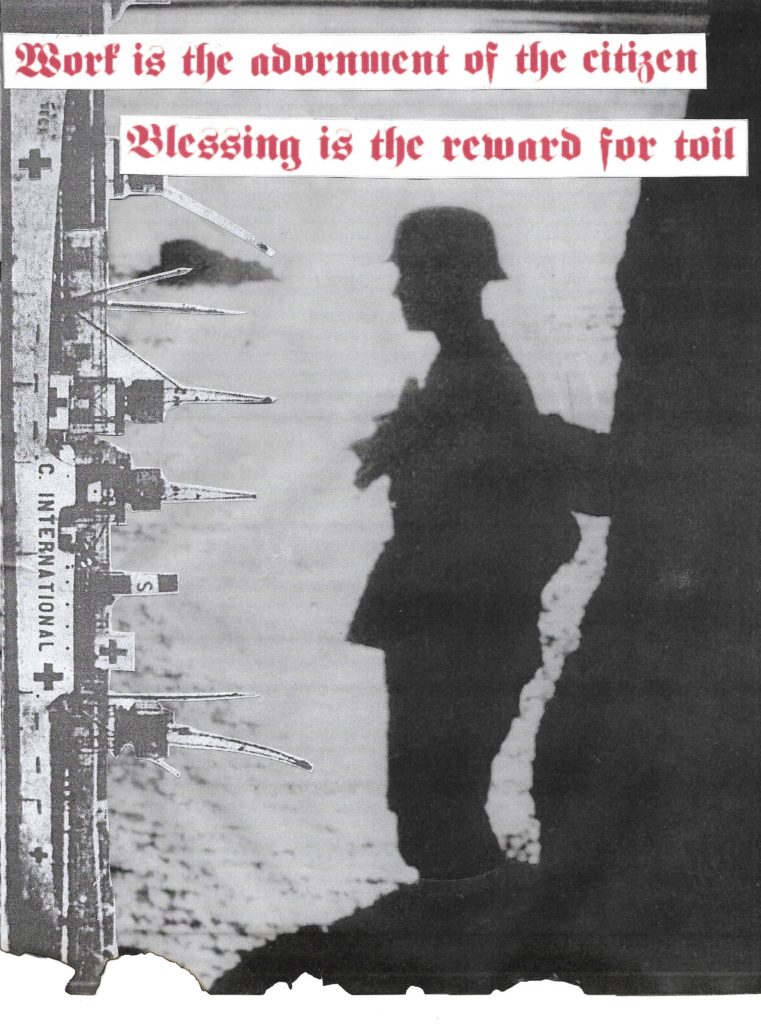
We were given the task of creating our own photo montages that link to Jersey during the Occupation. I have experimented with the photo montage technique by combining my own images (primary source) with archival photographs and newspapers (secondary source). I have used the approach of creating a composite photograph by cutting, gluing and overlapping two or more photographs into a new image. Photo montage 1 and 2 have been enhanced with paint since I wanted to add my artistic skills into the collages. By doing this I have added colour and vibrance into my photo montages to contrast with the dull colour scheme associated with the black and white photography used during the Occupation. Image 3 has been slightly burnt with fire to create an interesting scorched effect, almost as if the paper is decaying: a metaphor of the past slowly disintegrating and people forgetting the importance of the Occupation. The bold red quote has been taken from my trip to Battery Moltke and has been translated from German to English. The resulting composite images have been scanned by the printer so that the final photo montages appear as a seamless photographic print.

I started with my first edit, by simply flagging the different images as either rejected images of picked images. I then went on to rate the different images between 3 and 5 stars in order to decide which images to retouch. Any images 4 stars and above would be considered for retouching.



Here I experimented using black and white as well as using high contrast. I also adjusted the B&W color levels in order to help make the main subject stand out more.
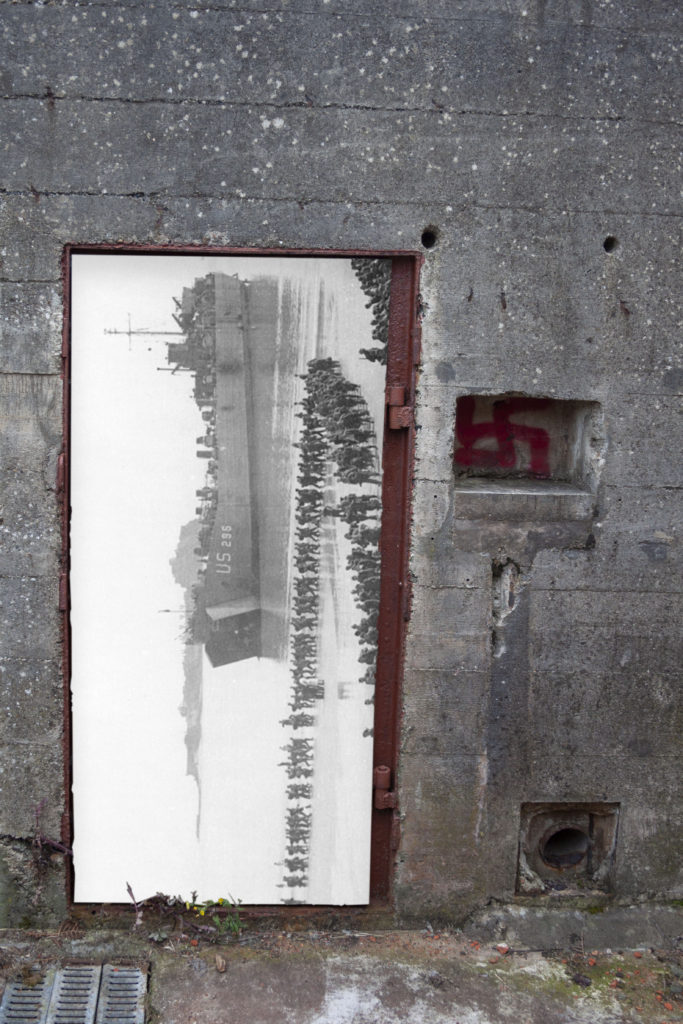

In photo-montage I digitally recreated some of the photo-montage I created using my prints.
Battery Moltke is an uncompleted World War 2 coastal artillery battery in St Ouen in the North West of Jersey. It was constructed by Organisation Todt for the Wehrmacht during the Occupation of the Channel Islands. The site includes bunkers, gun emplacements and the Marine Pelistand 3 tower, which are located on Les Landes. The main purpose of the battery was to defend St Ouen’s Bay in case there was an attack by the Allies.
On permanent display outside is a heavy French First World War field gun, that has been restored and put back in its original emplacement having been recovered from the bottom of the cliffs at Les Landes by the Occupation Society in 1991. All of Jersey’s 29 heavy coastal artillery guns were dumped over the cliffs in a massive clean up operation ordered by the States of Jersey after the liberation whose demand was “We want this island cleansed of the taint of German Occupation”.
The MP3 tower is one of nine planned towers in Jersey, to observe targets at sea. The tower is located at the top of a steep, sloping, west facing cliff. It has seven floors including a windowless underground floor and a walled top deck where a Seetakt radar was located. MP3 can be visited on special guided tours of the Les Landes defenses which the CIOS conducts. The Channel Islands Occupation Society (CIOS) is a voluntary organization that wants to study all aspects of the German Occupation of the Channel Islands and raise awareness and educate the public about the Occupation during the Second World War.
On the 10thof June our class went on a photography trip to see the bunkers located at Battery Moltke. A CIOS member began the tour by giving us insight into what the German Occupation was like in Jersey. The tour guide showed us images from World War 2 and told us his experiences as a young boy after the war had ended. We also explored the principle bunker which had been turned into a museum. There were several underground tunnels connecting to rooms where the public could see objects that were used during the Occupation.
Noirmoint is a headland that is based in St Brelard, Jersey. It is part of the Islands war memorial as it commemorates part of the German occupation. Within this part of land lies bunkers where some of the German’s were based and where they held fire arm, the bunkers have an exceptional strong frame of concrete which have been left undisturbed for many of years

The following images are from the trip;
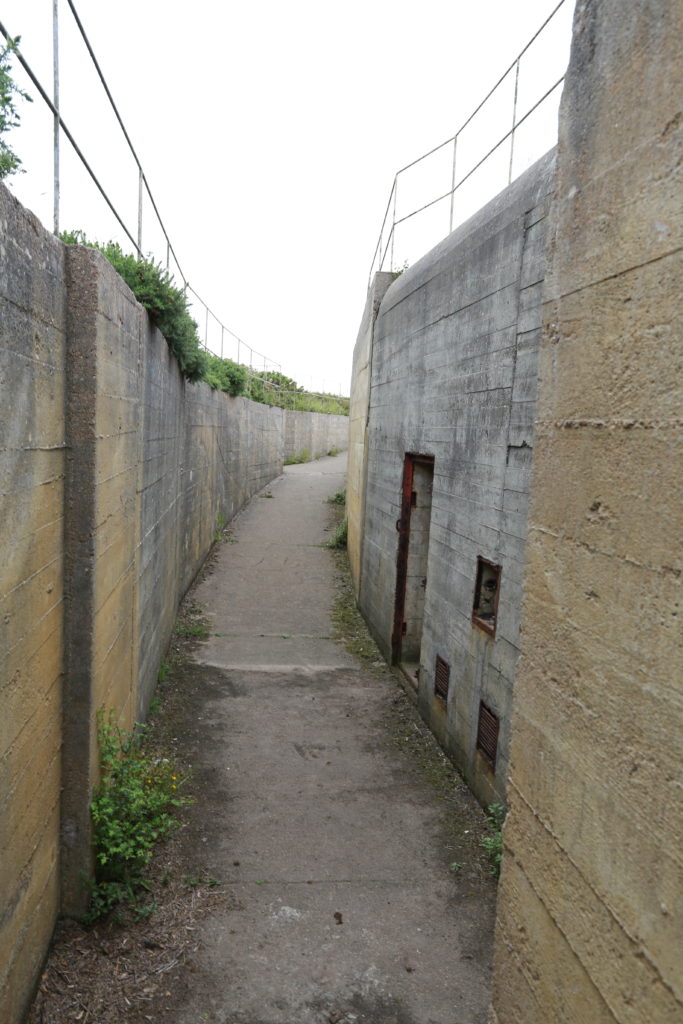


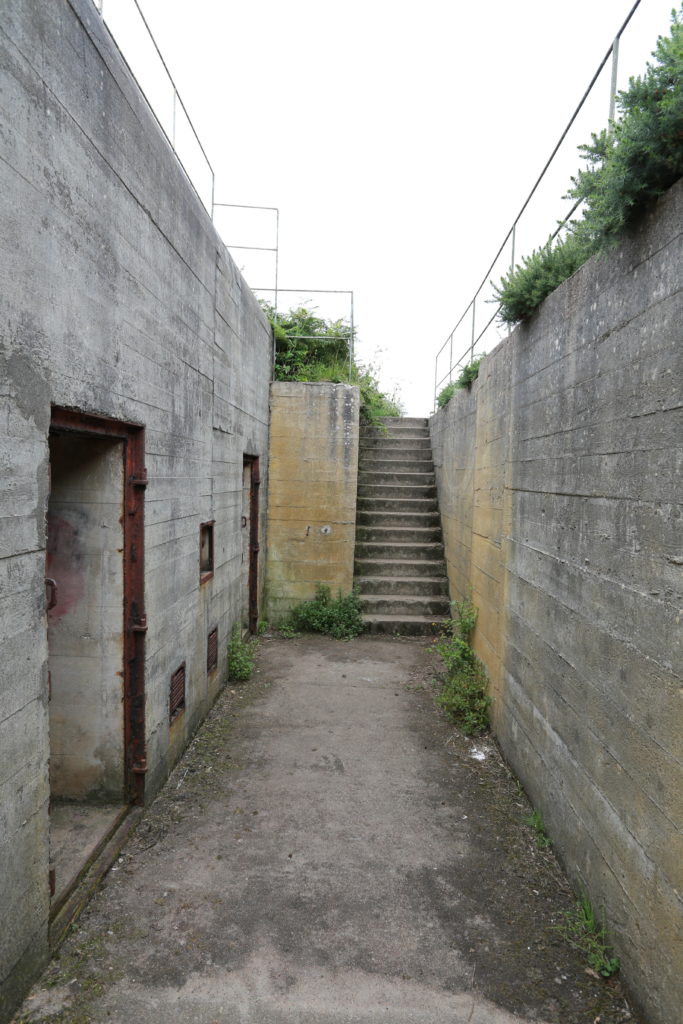
An archive is a collection of historical records or something physical, such as a document, image or object relating to a location or an event. The archive tends to contain the primary documents that have been collected over a time period of an individual/organization or an event, the things that are going to show a role of someone or something has, to have historical proof that was what happened. Some archives such as Société Jersiaise are open to the public and they are able to show the development of someone’s life, maybe even related to the visitors and watch the individuals life evolve as you are presented with evidence and images showing off their movements and evolution.
As mentioned previously, archives are repositories for historical events, as they provide relevant and reliable evidence to individual and certain events, such as WW2 or The German Occupation. A repositories is a server, which contain a set of packages similar to an archive, as they hold information and record to events, such as the Holocaust. The records tend to be bundled together depending on what they are associated with, this allows people to access all the information on that specific event.

All around the world there are many archives and museums documenting photos and certain objects relating to certain periods of time, which are put together in sections of the museums where they can be acknowledged altogether. Later on into the future archives can be used to as resources to answer questions about our past, and they may also be used to set legal claims. Historians can use this information to dive in deeper to events and times of the past and gather more information and facts, that we can later on tell the new generations of people to come, along with filmmakers using this information if their story is set around certain historical events, by using the documents and facts held at archives it makes the film more personal and makes you want to connect to the film more to understand what people really went through during events in our history. Finally, it gives people of today a change to connect with people from the past, such as family members and helps them understand what their life was like when they were alive and it may allow them to have some closure toward their loved one.

Walter Benjamin said that the ‘aura’ of an object, which has been created by the historical event and what experience it had.

Along with Benjamin, Roger Fenton being one of the first war photographers, his photographs became very well-known as they feature museum exhibitions, showing the facts of parts of life, the photos he takes aren’t necessary but they have meaning to them to show a part of history, along with the historical meaning being merged into the present. The ‘Vintage News’ said ‘his photos of the Crimean War are now considered to be the first pictoral documentation of war’ people have also commented saying his work was ‘interesting’ and ‘captivating’


Société Jersiaise was founded in 1873, its objective being ‘to create a museum and library’ and still stands today as an archive of Jersey’s history. There interest was really capturing photographic evidence as their source of recording as life could be documented visually which is said to be ‘remarkable in it insular context’ . Within this archive it holds more then 100,000 images dating back to the 1840’s. Photos within Société Jersiaise were taken by a variety of photographers, two of them being Henry Mullins and Percival Dunham.

Mullins was one of Jersey’s first photographers, producing thousands of portraits from 1848-1873 at his studio in the Royal Square, which was highly successful. Bellow are a few of his portraits which can be found by the following link; https://www.theislandwiki.org/index.php/Henry_Mullins


Mullin’s images are simple head shots of individuals from around the island, who may have been a part of war like the men above, of they could of been images of the women and children who were left on the island during the war, it also allows him to document what people wore and what was the norms during certain periods of times which he photographed.

Dunham took over one thousand glass plate negative between 1913 and 1914 and at least eight hundred where published in the daily newspaper. He began in Jersey in a boarding house at Davids Place and combined with many other occupants. Dunham’s big break came in 1910 on August 27 in the morning news where one of his images was published and credited, and after that the morning news requested more of his work to be used, whilst submitting weekly prints to win a cash prize of five shillings. He ended up being a part of the first British newspaper with illustrations. More of his history and images can be found using the following link; https://www.theislandwiki.org/index.php/Percival_Dunham,_photojournalist


Jersey Archive is a part of Jersey Heritage, which was founded back in 1981. The archive allows Jersey to hold collections of artefacts, works of art, documents and information relating to the history and culture of Jersey. The collections they have define the island as a whole and they hold evidence for events that have happened on this island, such as the occupation. During the visit to the archive, I was able to see historical objects and documents, along with images that they had been storing for years.

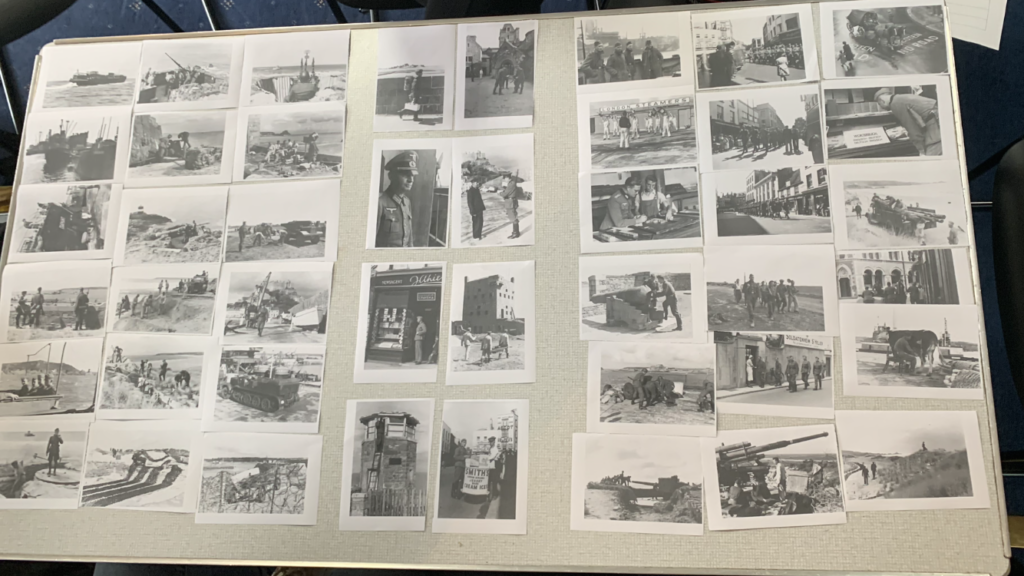
The two images below were taken during the German invasion in the channel island. They show soldiers in their uniform with their equipment, along with a congregation of people gathered in a small area. These two photos are only a part of the history they have on the occupation, the images still in good quality. The photos hold so much detail and history in them as you are able to see the conditions the islanders were put in.
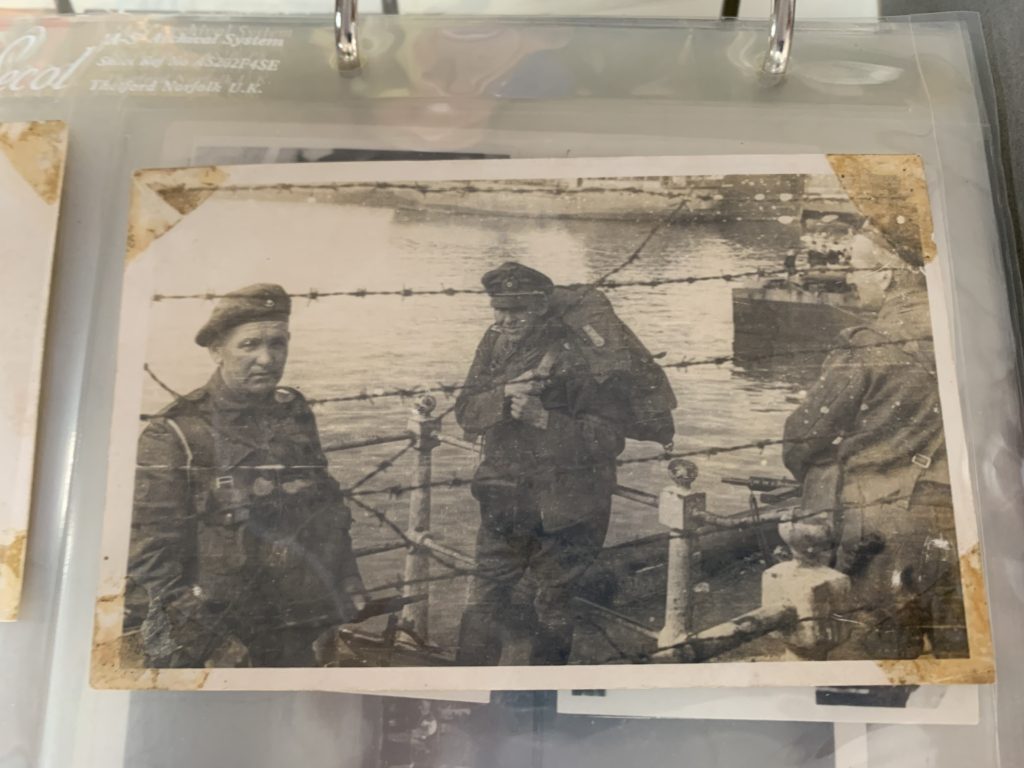

WW2 is said to be the deadliest conflict so far in human history. The Second World War happened during the year of 1939 and 1945. The majority of the world’s countries where involved in the battle, involving over 100 million people. This threw the world completely, turning everything upside down and into chaos. This war also included the Holocaust, which relates to the German occupation that happened in the channel island, along with the rest of the world. World War Two ended up changing political alignment and global social structure as certain countries began to gain more power than others and felt they could control.

The Germans were clever about their approach to the Channel Islands, as before it began, they sent the German soldiers over in planes, where they began to machine gun and drop bombs onto the island. Two days later they invaded the Channel Islands, they were sent across the French coast and began attacking from the harbour located in St Helier on the 28th of June, along with this on the same day aircraft where arriving and landing nearby to La Rocque Harbour. From the moment the Germans landed and entered they had already killed 9 people.

The following words are from a man called Ralph Mollet and what he saw when the German’s began to invade Jersey Channel Islands – ‘Before this all even happened, two days prior the attack German planes has been flying over the Channel Islands, machine gunning which killed a man on his doorstep. Two bombs where then dropped by Mount Bingham also killing people who where nearby. They set many boats on fire along with Fort Regent’

The German occupation of the Channel Islands lasted for most of the Second World War, where during this period, thousands of islanders were evacuated from their homes to the main land to find safer places, whilst the man stayed to fight against the Germans and protect their island. Until the 9th May 1945 where the Channel Islands became liberated and shoulders where welcomed home by the Jersey community, as crowds gathered in the town centre.

To start on the bunker archaeology project, I took a series of 400-500 images at a location known for it’s German bunkers. The site at which I took my images had a wide range of WW2 German military architecture, which had been renovated by the States of Jersey in order to preserve the memory of the occupation. The following are a selection of images that I took on the day:


After taking the initial images, I imported all of the images into Adobe Light-room in order to pin down my selection of images, and to edit the images before exporting them back into my “Final Images” folder. I used a process of rating and colour coding in Light-room in order to nail down my images to ~10 final selections (these were the ones that I was going to put time into editing). Below is a series of screenshots of the editing process in Light-room:
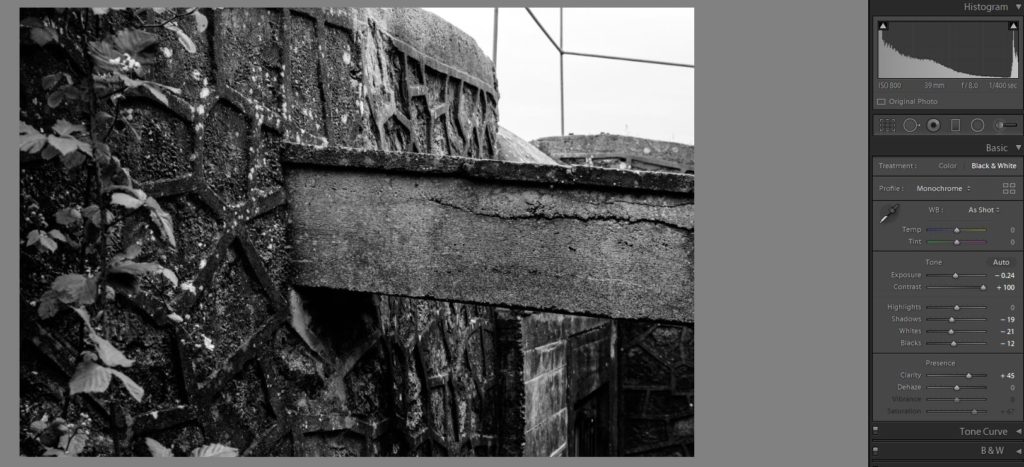
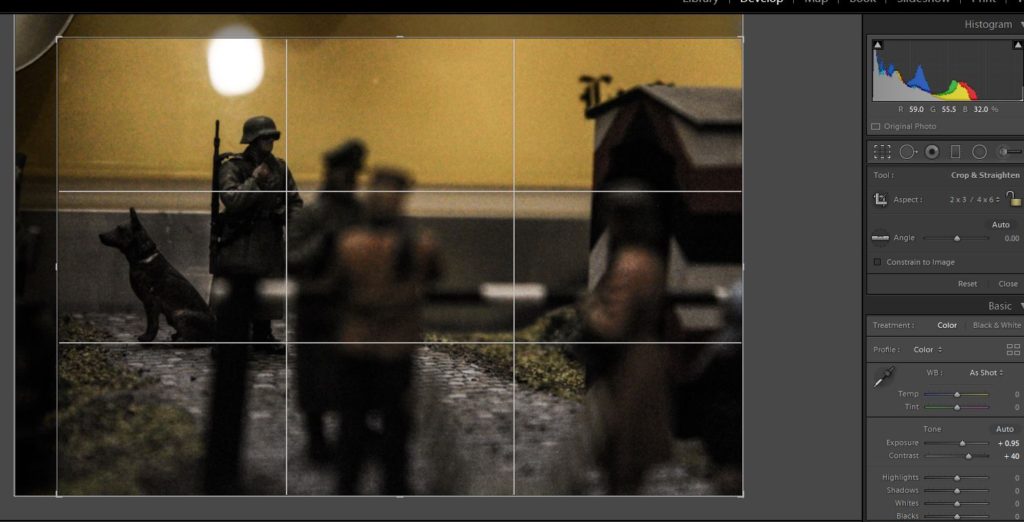



After selecting my final images, I was able to edit these images, changing some of them to black and white, and increasing the contrast of others in order to emphasize the contrasting shadows, shapes and textures. The following images are my final images from this particular photo-shoot:







As these are my final selected images from this shoot, I will be further editing them in order to use them in my photo-montage experimentation and further final images and creations for this project.